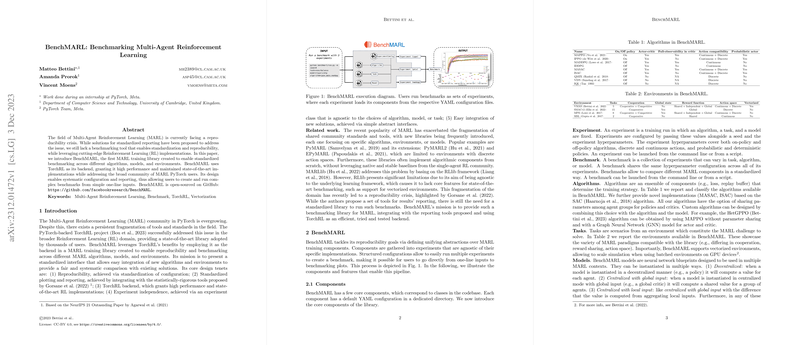Insights into the Technical Formatting Considerations of Academic Paper Preparation
This paper, while appearing to contain limited content at first glance, provides an intriguing exploration into the technical intricacies involved in the preparation and structuring of academic papers, particularly through typesetting systems such as LaTeX. The authors appear to supply a template or skeleton, portraying foundational elements of document structure. This paper serves as an important reminder of the nuances that underpin the publication infrastructure within which scientific communication operates.
Document Formatting
This paper utilizes a LaTeX template, which is instrumental in managing the presentation of academic papers. LaTeX is renowned for its robustness and flexibility in handling complex document structures, which is pivotal for researchers dealing with mathematical equations and extensive referencing. The template specifies parameters such as paper size, margin dimensions, and list item formatting, which are crucial for ensuring clarity and readability in scientific communication.
- Page Geometry: The template uses the 'geometry' package to define the 'letterpaper' format with specified margins—1.5 inches on the left and right, and 1.0 inch on the top and bottom. These dimensions are commonly used standards that align with many academic institutions' guidelines, ensuring uniformity across submissions.
- Enumerations and Bullet Points: There is a customization in the enumeration and itemization styles. By adjusting color and styling, it exemplifies subtle document aesthetics that can affect a reader's engagement. Although these elements might seem minor, they reflect the broader importance of presentation quality in scholarly outputs.
- Non-traditional Pagination: The usage of
\pagenumbering{gobble}indicates intentional omission of pagination for certain document sections. This could be relevant in contexts where parts of documents, like title pages or abstracts, do not require page numbers.
Implications and Future Considerations
The implications of this treatise are chiefly practical, with a theoretical appreciation for the combinatory complexity associated with academic document processing. As research dissemination continues to rely on digital platforms, understanding and optimizing typesetting parameters becomes integral to maintaining professional standards.
In advancing this discourse, potential future developments may include:
- Automation and AI in Typesetting: Exploring how AI-driven tools can automate formatting processes, adapt layouts dynamically based on document content, or suggest optimizations to enhance accessibility.
- Standardization Efforts: As research output expands globally, there may be increasing pressure for standardization in document formatting, potentially paving the way for universal templates and styling guidelines.
- Integration with Collaborative Tools: Considering how LaTeX templates like the one discussed might evolve alongside contemporary collaborative platforms such as Overleaf, to streamline the authoring and review processes further.
In sum, while ostensibly rudimentary, such documents encapsulate pivotal components of academic storytelling. By focusing on the structure and formal presentation, they underline the indispensable role that technical precision plays in facilitating coherent and impactful scholarly communication.
